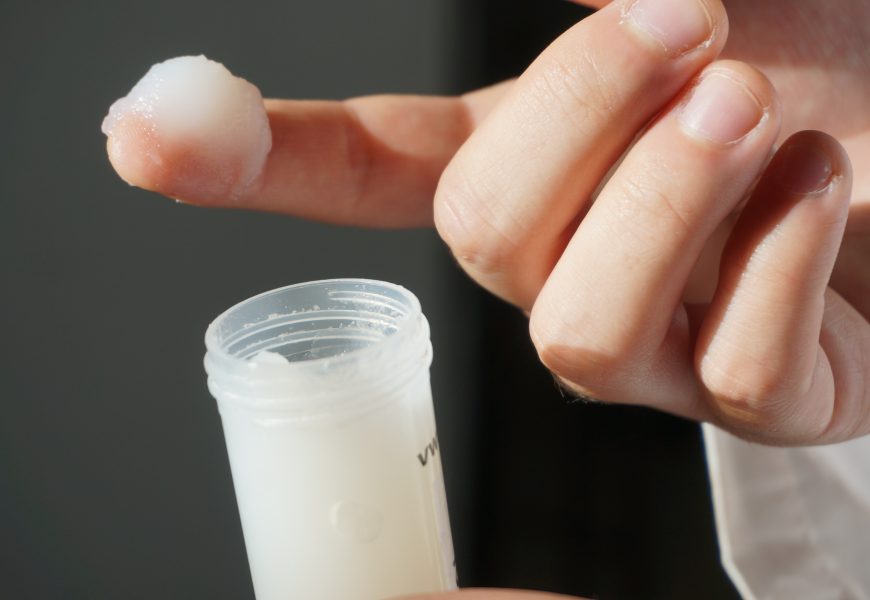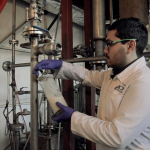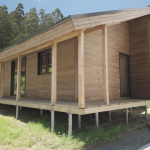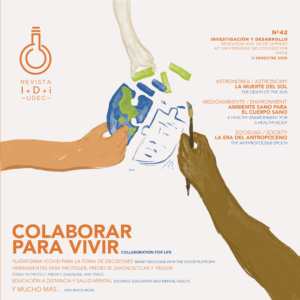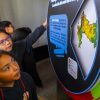By: Iván Tobar Bocaz, Journalist VRID UdeC / ivtobar@udec.cl
Images: Courtesy of the Technological Development Unit (UDT) and Faculty of Engineering, University of Concepción
Leer en español
“Cellulose nanofibers are particles whose dimensions, in at least one of their directions, do not exceed 100 nanometers (nm),” explains Dr. Miguel Pereira Soto, an academic at the University of Concepción’s Faculty of Engineering. Beyond that threshold, we begin discussing microfibers.
The first processes for obtaining cellulose microfibers and nanofibers were purely mechanical, which required a large amount of energy. “That’s why we started exploring alternative routes, such as chemical or enzymatic methods, that would significantly reduce this energy consumption.”
But why make this effort? Well, because cellulose nanofibers could offer alternatives to replace petroleum products. “We started this line in Chile with a project with our university’s Technological Development Unit (UDT, in Spanish) and the company, Forestal Papelera Concepción, FPC”, an initiative that started in 2013, financed by Corfo, that sought a material that increases the resistance of paper and its derivatives “with expanded applications in different areas”, says the academic.
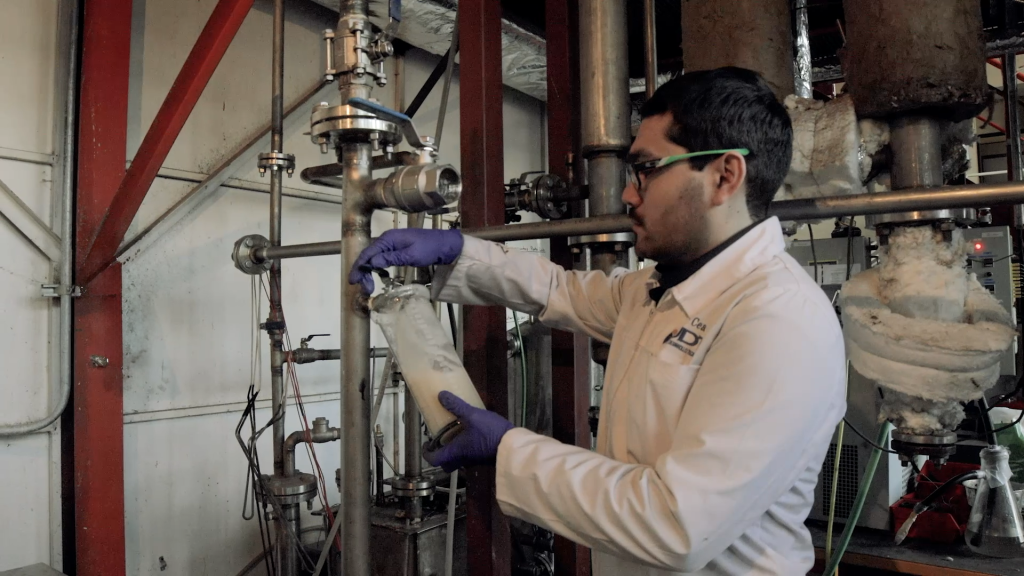
Tailored to the industry
That was the beginning. The structure of the nanofibers can be modified according to their design to suit the specific applications sought to be satisfied. “The fundamental thing is to know how to differentiate them, to define their optimal use clearly,” emphasizes Pereira.
This progress has been developed at the Forest Products Laboratory, which Dr. Pereira directs, within the Department of Chemical Engineering. “Our approach aims to move from an economy based on petroleum products to one based on renewable raw materials, such as wood,” he says, adding that the goal is to offer greater added value to forest resources, within the framework of biorefineries.
The properties they have developed in nanofibers are diverse. For example, limiting the passage of certain gases for use in packaging manufacturing, in addition to enhancing electrostatic, hydrophilic, and hydrophobic properties, among others. “We have managed to handle different processes to manufacture nanofibers quite well and, therefore, we have made progress in their design and in the implementation of the properties that are sought,” explains Dr. Pereira. “We have also developed monolayer and multilayer films for food packaging,” he says about another project developed with microenterprises in the fruit industry in the Ñuble Region. Materials to decontaminate water or release compounds into the environment in a controlled manner are the next step. “These applications open up new possibilities in areas such as water treatment and smart agriculture,” the researcher highlights.
Scaling and transfer
The fundamental scientific efforts that academics, such as Professor Pereira, develop in their laboratories make it possible to generate initial products that can then be scaled up in pilot plants, such as those installed at the UDT, to move towards industrial-level applications.
In the specific case of cellulose microfibers, the UDT project engineer, Juan Cea, explains that starting from the project led by Professor Pereira in 2013, a pilot plant was installed at the UDT “simple because it did not require so many stages, nor so much equipment, but it was a challenge to obtain a homogeneous product over time”.
Subsequently, in 2016, with a new award, this time from the Copec UC Foundation, “for the first time, it is proposed to change the polarity of nanofibers, to incorporate them into hydrophobic materials, and, therefore, the chemical treatment to modify them begins to be developed. We explored it at the laboratory level and saw the potential that these new, chemically modified fibers had,” Cea explains.
Then came the award of a high-tech project by Corfo with a budget of $600 million, which allowed progress to be made in scaling up the process. These compounds are 100% hydrophilic in their natural state, and the professional mentions that “we partially modify their functional groups to make it possible to incorporate them into hydrophobic matrices, which opens the alternative of fortifying adhesives, plastics, rubber, paints, and other materials.” The primary focus of this stage was on adhesive resins, developed in collaboration with the company Resinas del Biobío, and a patent was obtained for the results of this work.
Today, the technology has been licensed to the company Fibras Nanoestructuradas, FINE, which started the production and commercialization at an industrial level.
Last modified: 3 de septiembre de 2025
